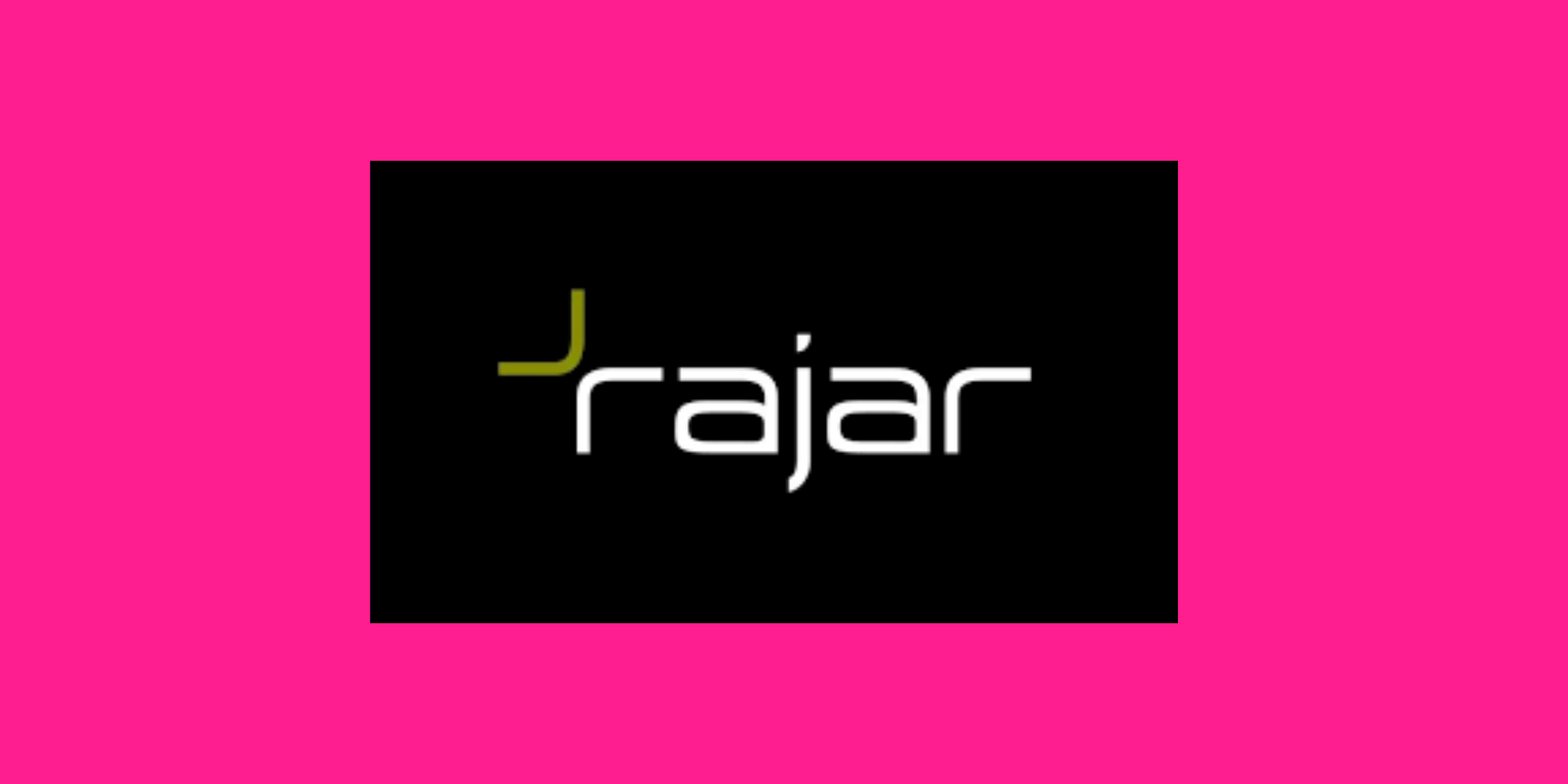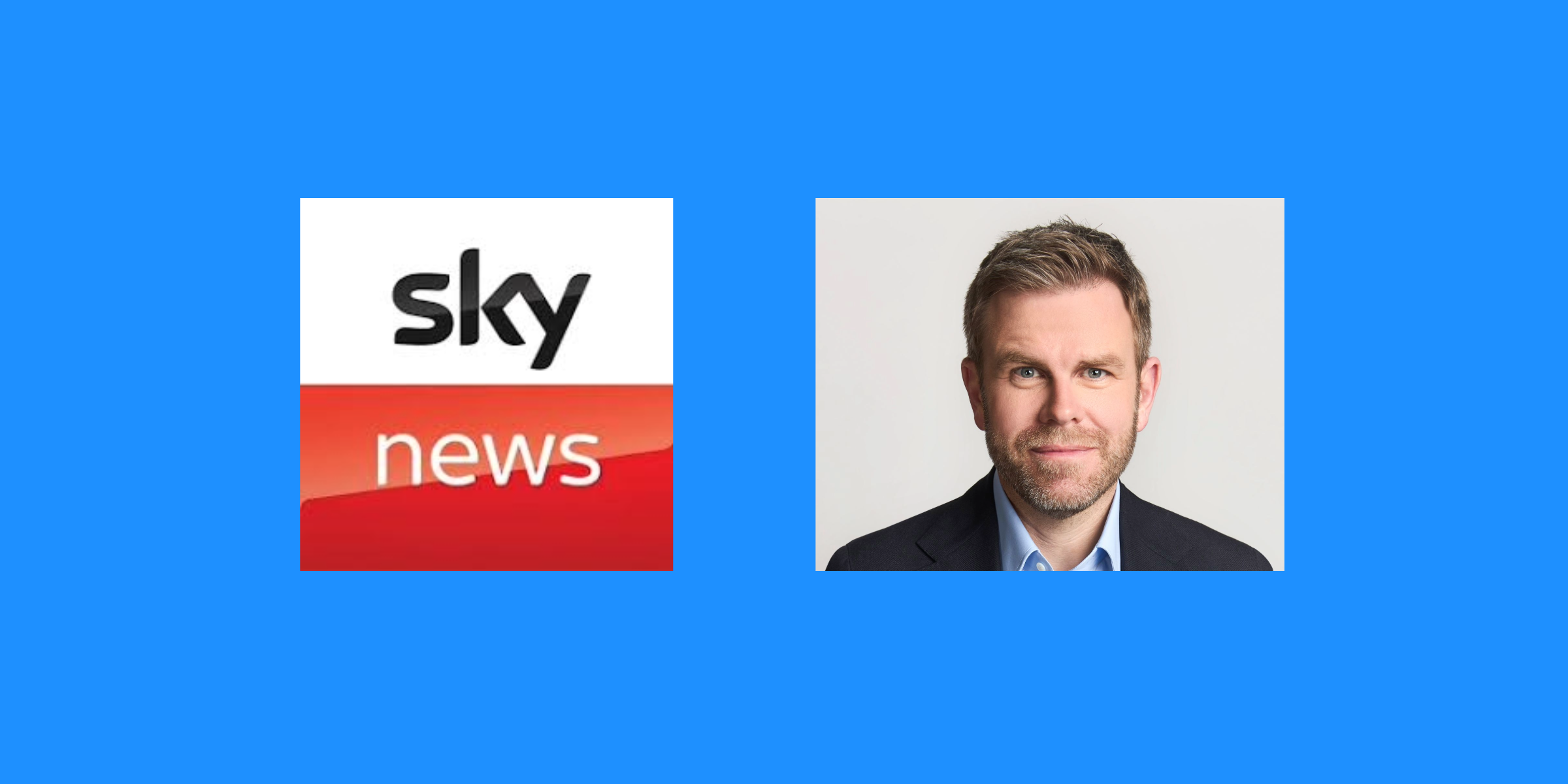50 million people in the UK now listen to live radio every week – that’s 87% of the adult population. We listened, on average, for 20.6 hours a week.
The latest RAJAR listening figures of Q4 2024 from RAJAR, the body that monitors radio station audiences, are good news for a lot of speech stations – including ones we regularly place our clients on. They were published at the beginning of February 2025, but reflect the final quarter of 2024, October to December. Some radio stations have enjoyed increases in the number of listeners they attract, but even those that have seen a decline in numbers, are finding their remaining audiences are often staying with them for longer.
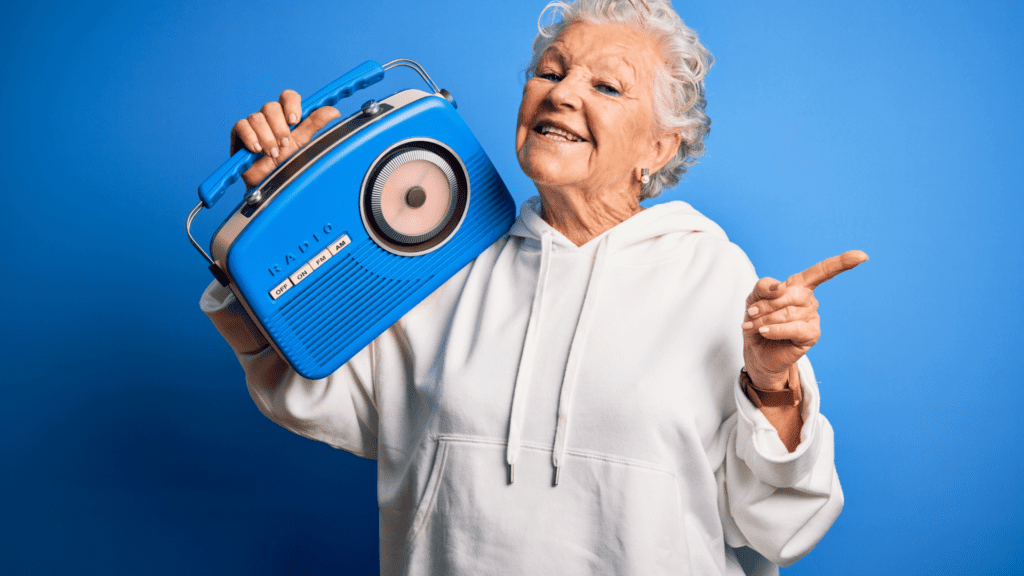
How many people are listening to radio?
Analysis by Press Gazette show the biggest winner to be Times Radio, overtaking GB News Radio and Talk (formerly TalkRadio). The sister station to The Times newspaper was listened to for at least five minutes by an average of 604, 000 people a week in the last three months of 2024. In contrast, Talk attracted 504, 000 and GB News Radio, which is simulcast with GB News TV, had 468, 000 listeners.
Times Radio’s increase in audience show is significant. It has 8% more listeners compared with Q3 in 2024 and a huge 23% more year on year. That makes it one of the UK’s fastest growing speech stations. Only the BBC World Service, which has 1.2 million listeners globally, saw a similar growth in Q4. LBC News, meanwhile, enjoyed a year-on-year growth of 20%.
How long are listeners tuning in?
The number of listeners is only one way of measuring a radio station’s success. Another way is looking at how long listeners stay. So, whilst Talk and GB News Radio saw their audiences drop, they have seen the biggest gains in listening hours. Talk’s listeners tune in for 10.3 hours a week, an 18% increase, whilst GB New Radio stay for 7.4 hours, a 16% increase. The largest drop in average hours per listener (2.2 hours, that’s 12%) was seen at LBC News.
RAJAR listening figures of Q4 2024 confirm BBC Radio 2 still boasts the highest reach with 13.6 million listeners and Radio 4 remains the station with the highest average hours per listener, at 12.3. BBC local radio, which has a combined reach of 7.2 million, saw 6% growth, meaning it has overtaken Radio 5 Live, which saw an 11% decline to 5.3 million listeners.
RAJAR listening figures of Q4 2024 reveal Heart is the biggest commercial radio station with over 10m listeners, followed by Greatest Hits Radio with 7.5 million and Capital with 7.4 million. These stations are challenging when it comes to PR campaigns – often the opportunities are only news clips, which means it’s more difficult to get a brand mention. Or they want a really big name as your brand ambassador. Difficult, but not impossible!
BBC vs commercial radio
BBC Radio 2 still boasts the highest reach with 13.6 million listeners and Radio 4 remains the station with the highest average hours per listener, at 12.3. BBC local radio, which has a combined reach of 7.2 million, saw 6% growth, meaning it has overtaken Radio 5 Live, which saw an 11% decline to 5.3 million listeners.
Heart is the biggest commercial radio station with over 10m listeners, followed by Greatest Hits Radio with 7.5 million and Capital with 7.4 million. These stations are challenging when it comes to PR campaigns – often the opportunities are only news clips, which means it’s more difficult to get a brand mention. Or they want a really big name as your brand ambassador. Difficult, but not impossible!
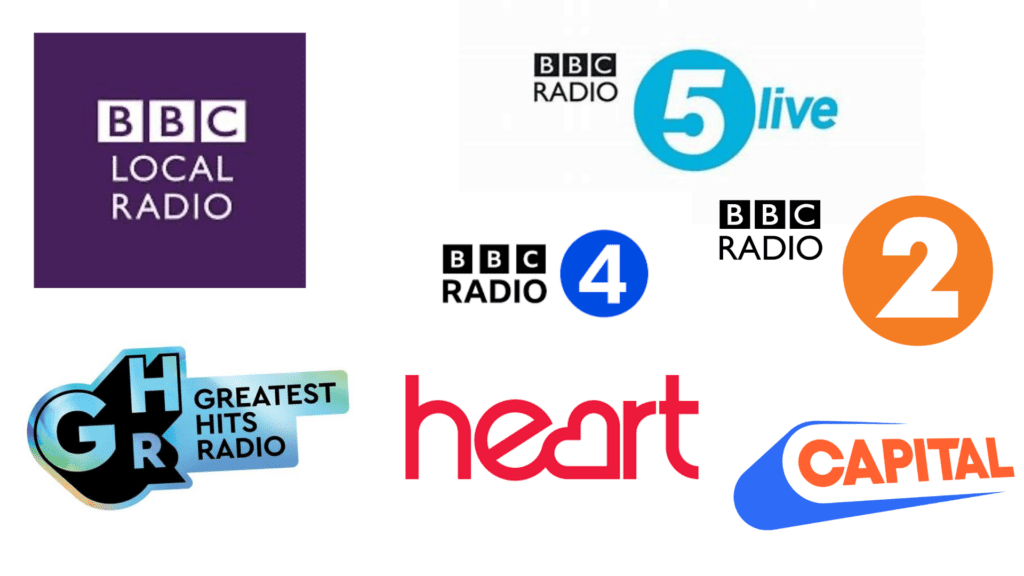
What's been influencing the radio landscape?
The RAJAR listening figures of Q4 2024 shows us part of the growth has been put down to the success of digital broadcasting and the convergence of audio and video platforms. Parent company News Broadcasting, which owns Times Radio, talkSport, Virgin and Talk, is leading the way with 764 million global video views across Facebook, YouTube and TikTok during the last three months of 2024.
BBC Sounds meanwhile, which is made up of material that has initially been produced for radio, alongside other content made specifically for podcasts, 2024 was a record year. The platform had a weekly audience average of 4.8 million, year on year growth of 3%, peaking at 4.96 million during US election week.
Speech titles from BBC Radio 4 make up six of the top ten podcasts on BBC Sounds, and eight of the top ten on demand radio programmes. Fans of the paranormal pushed Uncanny into the top spot. The History Podcast and drama podcast Limelight were two of the top five most listened to podcasts on the platform.
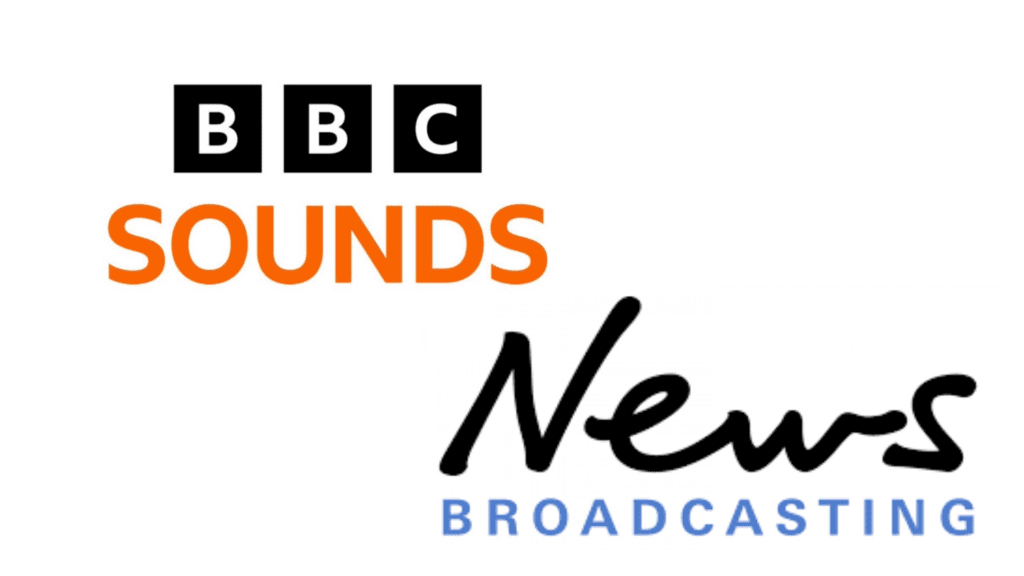
How we listen to radio
How we listen to radio also effects the numbers. Here are some numbers from RAJAR to illustrate the point. Of the 50 million adults who tune into radio, 44 million are doing so via a digitally enabled platform. That means by DAB, DTV, a website, an app or a smart speaker. DAB, or Digital Audio Broadcasting, accounts for the lion’s share of this with 59% of digital listening hours. Smart Speakers account for 22% of digital listening, followed by websites and apps at 15% and DTV, or Digital Television with 4%.
Perhaps less surprising is that nearly two thirds of us (61%) listen to the radio at home, 26% tune in in a vehicle and 13% access the radio at their work or other location.

So, what have we learned and how does this all effect your next radio PR campaign?
There have been a lot of changes in radio over the last few years, but fantastic opportunities are still out there, albeit on slightly different platforms.
National Radio
Stations we regularly secure coverage on include the BBC’s Radio 4, Radio 5 Live, TalkRADIO, Times Radio, and LBC. Not every story lands on every station of course – as we say, it is horses for courses.
You’ve also got large commercial stations, including Capital, Heart and GHR (Greatest Hits Radio). A couple of years ago they were still quasi-national – a network of stations with studios across the country. Now though you can listen to them everywhere, either via analogue or digital. They compete again BBC Radio 1 and BBC Radio 2 and, in some cases, have bigger audiences.
However, they will only really cover a story with a celebrity spokesperson on their national breakfast shows (they won’t take interviews during the day as it’s all about keeping the music going and shorter links throughout the day, feeding audiences back into breakfast). This might get you a live slot, lasting several minutes, as opposed to a quick (often unbranded) clip which only gets a quick mention in a news bulletin. If you have the budget, the results can be great. These stations are now fully national and compete, like for like against BBC Radio 1 and 2.
Regional Radio
We split regional radio into three sections.
- The BBC local radio network is made up of 39 stations, covering England, Jersey and Guerney. Then you have BBC Radio Wales, Scotland and Northern Ireland. In 2023 the corporation made sweeping changes, resulting in programme sharing for most stations at different parts of the day. That means, at certain times, the output is the same on two or more stations.
In PR terms that means opportunities are more difficult to secure, because there are potentially fewer of them. But when you do secure them the audience reach is greater.
To find out more about our radio PR days, click here.
- Commercial radio stations that have an audience reach of at least 50-thousand listeners. That means they will potentially feature in our radio day schedules, alongside bigger and national stations. Examples include Radio Exe in the South West, and Sunshine Radio in Hereford.
- Smaller community, we deem these too small to feature in our radio days. They have an audience reach of less than 50-thousand therefore are not monitored by RAJAR. However, they are often receptive to PR generated content, including our audio feature interviews. This can be recorded by us off the back of a radio day, or as a stand alone feature.
These stations offer interview opportunities too, but it’s a question of whether a spokesperson has the capacity to talk to a series of smaller stations, or if it’s a better use of their time to target these stations with an audio feature.
Audio features can include several brand mentions and key messages. You often get several minutes of airtime, all for a relatively small cost.
Top tips to maximise radio PR coverage on UK regional and national radio stations
- Match your target audience to appropriate stations. That means if you want to reach the ear of government moulding your campaign to be attractive to BBC Radio 4’s Today programme. But if you prefer to attract entrepreneurs and a majority male audience, try BBC Radio 5 Live or TalkSport. Times Radio boasts an educated and intelligent audience, akin in many ways to the readership of its sister newspaper The Times.
- Think carefully about spokesperson sourcing. A third party will always result in more coverage because they take the commercial sting out of a story. Again, it depends on the story as to who you pick, but influencers, academics, life coaches, doctors and anyone expert in their field works well. And the majority of broadcasters love a celebrity. Budget allowing, you generally get a great return on investment.
- Embargo your story to a particular day. Specifically, embargo it until 00:01 on that day, so your campaign is available for breakfast shows onwards. With radio and television, you’re much more likely to get coverage earlier on in the day, than later, when you’re competing with organic, breaking news stories.
- Be able to sum up your story in a sentence. Radio stories need to be simple. That’s because when we’re listening to the radio it’s often on in the background, whilst we get on with doing something else.
Need help to secure radio PR coverage?
The broadcast media relations team at Shout! Communications have all worked in broadcast, before moving into PR. As such, we have an in-depth knowledge of the industry, alongside a fantastic contacts database. Get in touch here.
The media relations team at Shout! Communications all worked in broadcast before moving into PR. As such we have the best understanding of the industry – alongside a fantastic contacts book. Get in touch here.
